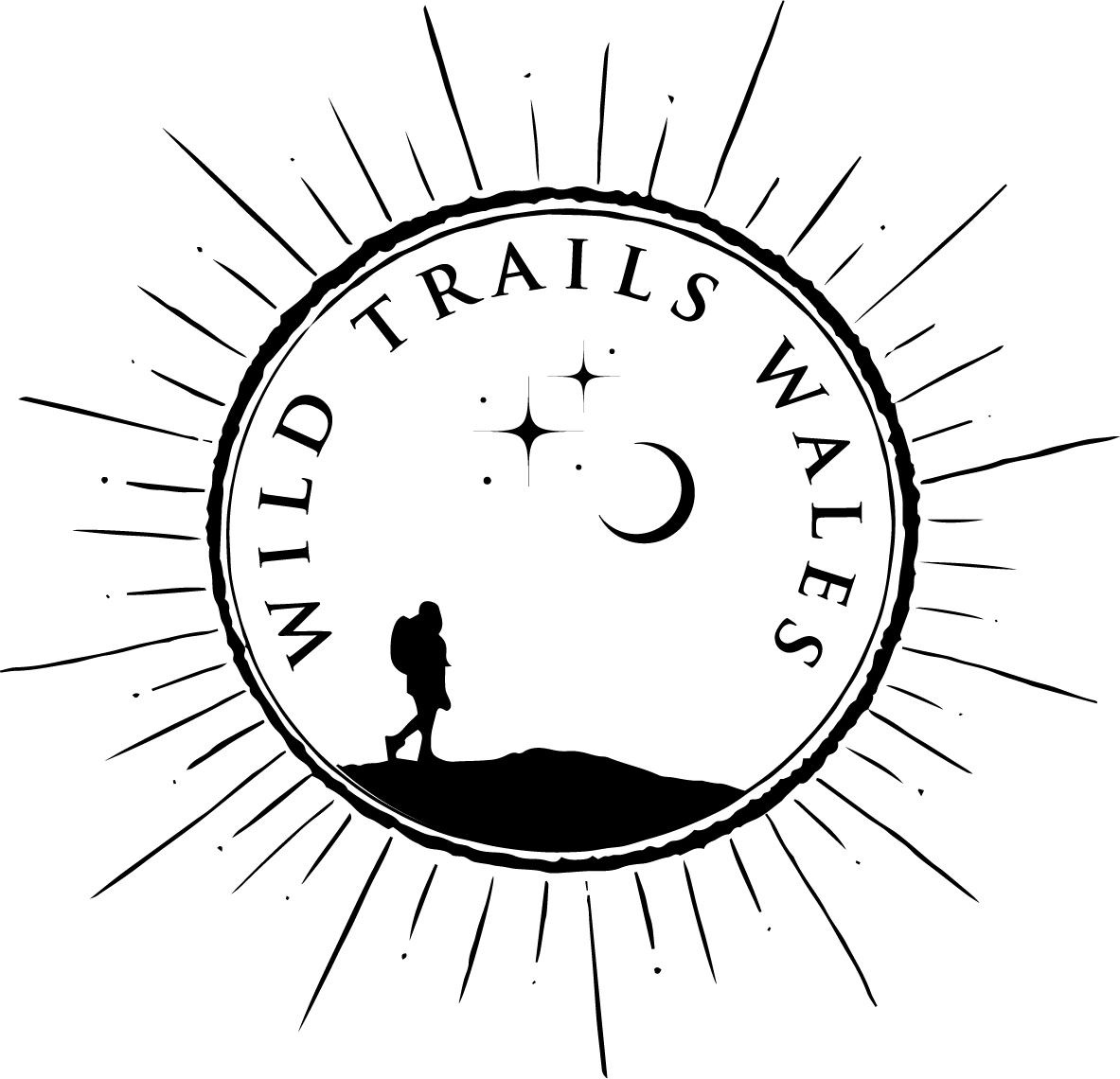Wild Trails Wales Guide: Wild Flowers of the Wales Coast Path
Bluebells on the Pembrokeshire Coast Path
One of my absolute favourite times of year is when the wild flowers are in abundance all along the Wales Coast Path; especially from April to June when they are at their best. It’s true that the Wales Coast Path passes through many different environments from woodland to estuaries and sand dunes; and from meadows to clifftop scrub. And so hundreds if not thousands of species of wild flowers can be spotted along the 800 plus miles of the trail. There are some flowers though, that are in my mind, very characteristic of the Wales Coast Path, and I’m sharing a few of my favourites here.
Thrift
I’m starting with Thrift (sometimes known as Sea Pinks) because they’re my favourite. There is no other flower which evokes the feeling of walking the Wales Coast Path as these do. They are a common and delicate coastal flower that grow in tufts especially on rocky ground and clifftops. The welsh name is Clustog Fair - Mary’s Pillow. The best time to see these is April to July, and although common around the welsh coast they are particularly prolific in Pembrokeshire, where they are the county flower.
Red Campion in Ceredigion
Red Campion is actually more pink in appearance, and is found widely across different habitats in Wales, but you will see plenty of it on the Wales Coast Path. There are many different welsh names for this plant, perhaps the most commonly used is Blodyn Neidr, translating to ‘snake flower’; and referring to the use in traditional medicine of the seeds as a treatment for snake bites. One of its’ other welsh names is Blodyn Taranau or ‘thunder flower’; in folklore it is said to pick the flower is unlucky and will cause thunderstorms, and to keep the seeds with you will protect you from lightning. As for the English name ‘Campion’ - it is said that the Romans used these flowers to make garlands for victors or champions of their games.
Sea Campion
A truly coastal flower as its name suggests, though actually also found in some places inland, Sea Campion is a delicate white flower which grows on clifftops and cliff edges. Its welsh translation is Gludlys Arfor; another plant which should not be picked for fear of inviting death according to folklore.
Known as ‘Plucen Felen’ in Welsh, the English names Kidney Vetch or Woundwort aren’t the most attractive of names but get past that and you can come to appreciate this is a special flower. The bright yellow flowers have ancient medicinal uses, including as an astringent and wound healing remedy, as well for kidney troubles, hence the name. The dried flower heads can also be used to make a tea - better not to pick them though as they are important as the only food source of the Small Blue butterfly - Britain’s smallest species of butterfly.
Knapweed
‘Y Bengaled Fawr’ in welsh (the big hard head) and Knapweed in English, this common but pretty and delicate flower is widespread across Wales and you’ll often see it in grassy or scrubby areas along the coast path. It is a resilient plant, and has been used for traditional medicinal remedies for centuries; it features in several of the remedies recorded in the ancient text of the Physicians of Myddfai. It is an important pollen source and the seed heads are great for birds in the autumn.
Marsh Orchid
Marsh Orchids are one of the more specialist flowers you might be lucky enough to spot on the coastal path. As the name suggests they are found in more marshy coastal ground and meadows alongside the coast. These are best found from the end of May to the end of July.
Gorse
Gorse is one of the mostly widely spread coastal flowering plants, and the various species flower almost all year round between them. But it is in Spring when the heat of the sun warms the flowers that they emit their distinctive and exotic coconut scent. The flowers have had traditional uses as flavourings in jellies and cordials, and the petals have also been used as a dye. Known as ‘Eithin’ in Welsh, folklore links this flower with symbolism of the sun.
This is a very subjective and small selection of the large number of amazing wild flowers that can be found along the Wales Coast Path. I should point out that I’m an enthusiast, not a botanist and still very much learning and studying these flowers, so please be sure you correctly ID any flowers before you do anything with them, and really, flowers are much better left where they are to provide an important habitat for all our pollinators and birds. In many cases wild flowers are protected by law and musn’t be picked, so it’s always a good idea to take only photographs.










